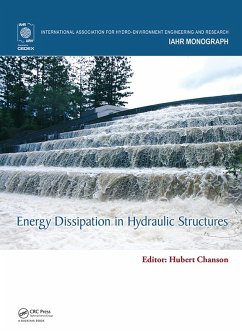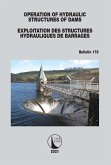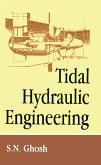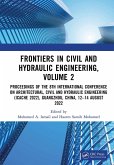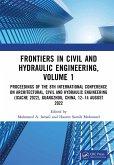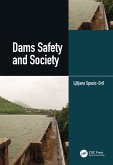Dieser Download kann aus rechtlichen Gründen nur mit Rechnungsadresse in A, B, BG, CY, CZ, D, DK, EW, E, FIN, F, GR, HR, H, IRL, I, LT, L, LR, M, NL, PL, P, R, S, SLO, SK ausgeliefert werden.
In the reviewer's opinion, Energy Dissipation in Hydraulic Structures, edited by Hubert Chanson, is recommended reading for hydraulic engineers engaged in the design and maintenance of energy-dissipation devices. With some further polishing, this book could become the gold standard in the subject. This reviewer is left viewing hydraulic structures in a new, more awe-inspired light."
Book review by Alistair G.L. Borthwick in 'Engineering and Computational Mechanics' Vol. 170 (March 2017).

